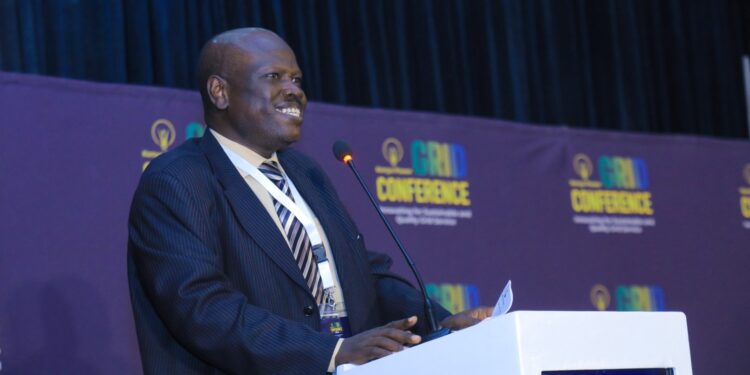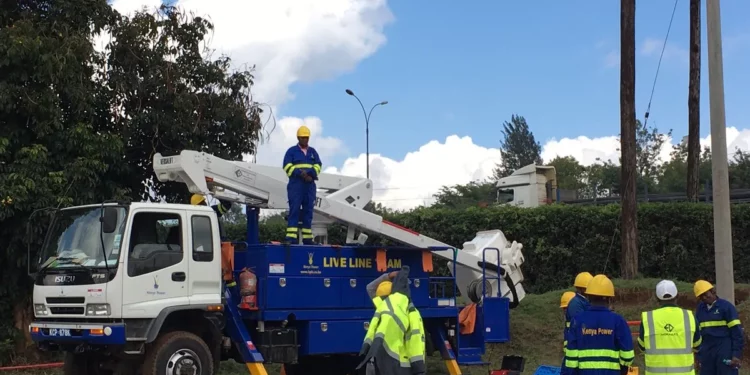Kenyans can heave a sigh of relief after the government reduced the cost of purchasing Kenya Power Limited Company (KPLC) electricity tokens.
The new prices by the Ministry of Energy and Petroleum show that the cost of electricity for all categories of power consumers will drop Ksh.3.44 per unit.
Speaking on Wednesday, February 7, Energy Principal Secretary (PS) Alex Wachira said the cost reduction was as a result of a drop in foreign exchange adjustment rates.
“Foreign exchange adjustment dropped from Ksh.6.46 per kilowatt hour to Ksh.3.22 per kilowatt hour owing to a decrease in the total foreign currency exchange payments made in January,” he said.

The lowering of the electricity cost is also a result of a marginal reduction in the fuel energy cost which dropped by 19 cents.
Prepaid users will see the changes on February 8 while post users will pay less at the end of February.
Electricity Tokens to Reduce in January 2024
The PS had previously hinted that electricity prices would fall in January 2024.
In an interview on Wednesday, December 13, Wachira explained that the ministry had developed strategies to reduce the prices of electricity in 2024.
“There will be a reduction, EPRA is still doing the numbers so I cannot promise an exact number. But we certainly expect that there will be a reduction of the power cost,” said Wachira.
Also Read: Kenya Power Hikes Token Prices Again
Wachira mentioned that the KPLC is doing more hydro-power production as opposed to thermo-production due to the improved levels of hydrology and dams.
This he said, has increased the renewable energy composition from 92% to around 96%.
Consequently, he stated that KPLC generates only 4% from our thermo-plants compared to the between 8% to 10% produced during the low hydrology.
Also Read: Kenya Power Gives Customers Alternatives After Token Delays
Why KPLC Tokens are High
He explained that there was high cost of power since KPLC incurs costs of generation, transmission, distribution, and the transmission losses.
Wachira said the ministry collaborated with KPLC to reduce the transmission losses which would in turn reduce the cost of electricity.
“We are hoping to move the transmission losses from 22.4% to about 17% in the next three or four years.
If we can reduce these transmission losses then they will directly translate into your power bills,” he explained.
Also, Wachira said the cost of electricity is high due to the removal of the 15% waver done in 2022.







































































